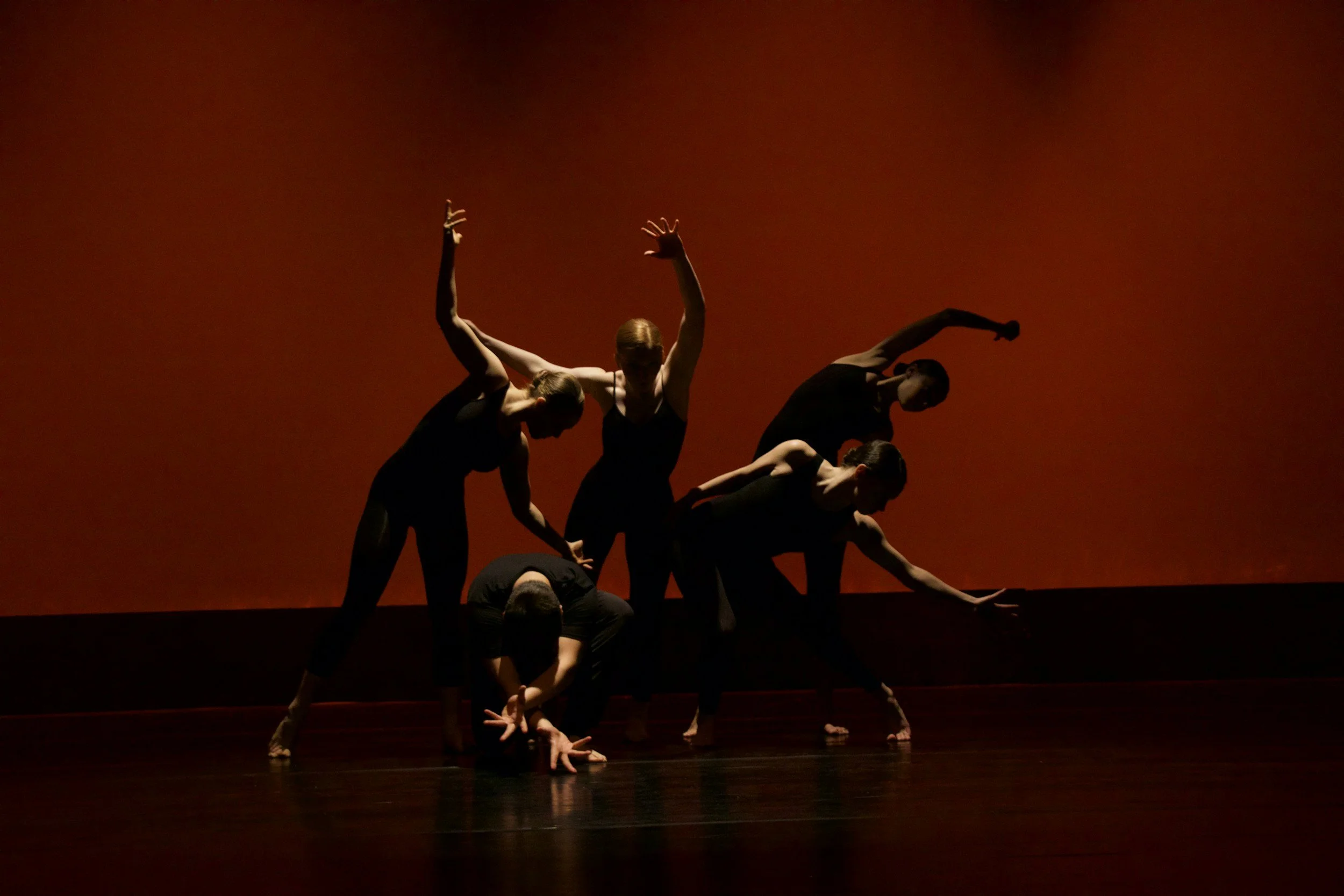Effectiveness of dance movement therapy for clients after having a traumatic experience
As a trauma therapist and researcher, I was interested in referring to group DMT (dance movement therapy) and art therapy to support clients after having a traumatic experience.
I usually provide EMDR (Eye Movement Desensitisation and Reprocessing) and TF-CBT (Trauma-focused cognitive behaviour therapy) in my daily practice.
However, after creating Zen art therapy in 2018, I realised the effectiveness of art therapy for my clients with PTSD and other related symptoms because the combination of Zen mindfulness and creative art therapy buffers my clients’ unconscious level of negative thoughts and emotions without talking. I noticed that some of my clients’ other forgotten memories resurfaced during the session when they experienced a moment of Zen. From these experiences, I started working with a few DMT and art therapists to provide trauma group therapy for clients with PTSD and other related symptoms.
I provided DMT and art therapy group sessions with A, who is an experienced and skilled DMT therapist who can provide both DMT and art therapy.
Here is the outcome of DMT and creative art therapy sessions:
1. Gain the clients’ resilience and tolerance: Some participants told me that they started feeling safer and secure even outside of the sessions because A provided different tools, programmes and methods during the sessions. A assisted participants to gain their resilience and tolerance to stimulate their body sensation, emotions, thoughts, and behaviours, which supported participants’ improvement, progress, and personal growth.
2. Explore the sense of self: As a trauma therapist and researcher, I believe some of the clients who have had traumatic experiences lost their self-esteem, self-confidence, identity, sense of self, hope, their potential, and Ikigai. However, some participants told me that they feel a ‘sense of self’ and stopped hearing their negative voice. Their sense of self helped participants to restart their new journey and life.
3. Enhance the connection between body and mind: There were a few clients who had ACE (Adverse childhood experiences) in their childhood. They kept reporting to me that their body do not want to join DMT therapy because they feel scared trying new and ‘unknown’ things, which makes the past self scared. There were some participants who also told me that their past self felt ‘out of control’, which increased their anxiety. To unblock these obstacles, I kept providing psychoeducation on ACE, trauma mechanisms, and coping skills during the session. This work helped clients to focus on their present self and provided their past self with a sense of safety.
4. PTG (post-traumatic growth): Some participants told me that they found their PTG through the sessions. They understood that DMT and art therapy can be challenging as well as enjoyable moments. For instance, some of them told me that they found out how vulnerable they were and were incapable of moving their body with their sense of security. However, some participants told me that they found their PTG, including a. Increasing their well-being, b. mentally strong, c.Physically strong, d. new identity (post-traumatised self), e. hope of recovery, f. self-esteem, g. trusting others, h. spiritual growth.
How did the sessions achieve this result? :
1. Importance of providing psychoeducation on trauma mechanisms to a DMT therapist: I noticed that some DMT therapists, even though they have a master's degree or work experience, need psychoeducation on trauma mechanisms to work with trauma-focused groups. To keep the sessions safe and effective, I was teaching A, a) trauma mechanisms, b) trauma responses and c) how A could avoid giving triggers to our participants.
2. Keep the clear roles as DMT therapist and facilitator: I made clear roles and responsibilities between me and A. A charged providing DMT and art therapy. I took responsibility for looking after participants. For instance, when a client showed a dissociated body reaction, I called them and provided support to be able to keep attending the therapy. This clear role helped us to achieve this successful result because A could focus on their role and asked me to support clients when they have PTSD and other related symptoms.
3. Trust relationship between a DMT therapist and clients: All of the participants told me they trust A, me and other participants during the sessions, which helped participants to trust themselves, trust the effectiveness of DMT, and trust their recovery process.
4. Find the appropriate pace of providing DMT: I provided A a de-briefing every time after finishing our session. We decided to provide DMT by observing participants' engagement, progress, capacity and limitations. We kept balancing the challenges and sensitivity in each session. We sometimes encouraged participants to explore DMT. However, we sometimes changed our programme during the sessions. I found the importance of flexibility and our observation skills are fundamental.
5. Keep communicating with participants: I kept communicating with all participants before and after the sessions. I found it was important to hear participants’ feedback, comments, and requests to keep providing safe and effective sessions.
From the above discussions, I found that DMT and art therapy provided PTG (post-traumatic growth) and Ikigai, not only supporting the clients’ recovery process. However, I also noticed that a few DMT therapists who do not have work experience need extra training and work experience, even though they have qualifications and a degree in DMT and art therapy. I noticed the differences in effectiveness when I worked with a new DMT therapist and experienced DMT therapists. I want to find a way to provide safe and effective DMT and art therapy by researching trauma and keep working hard for communities.


